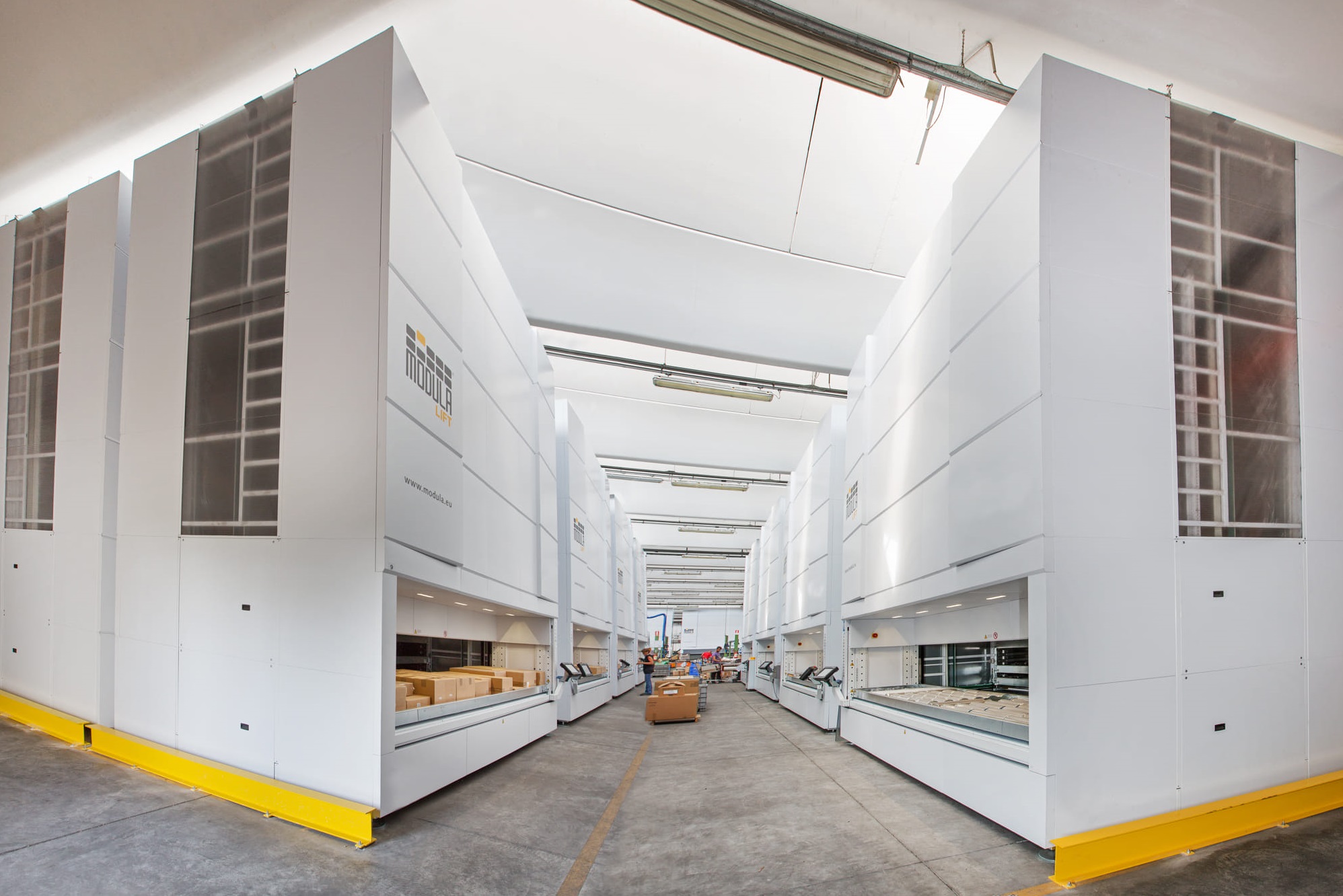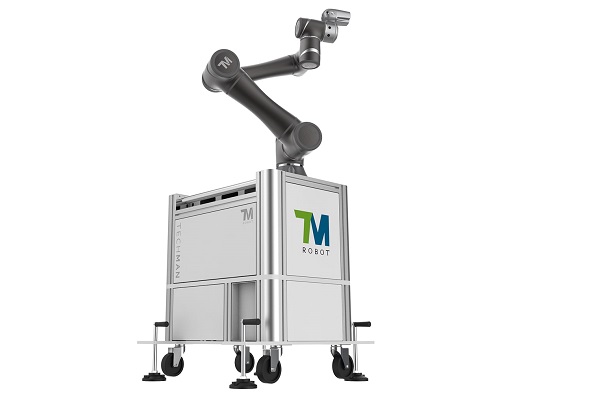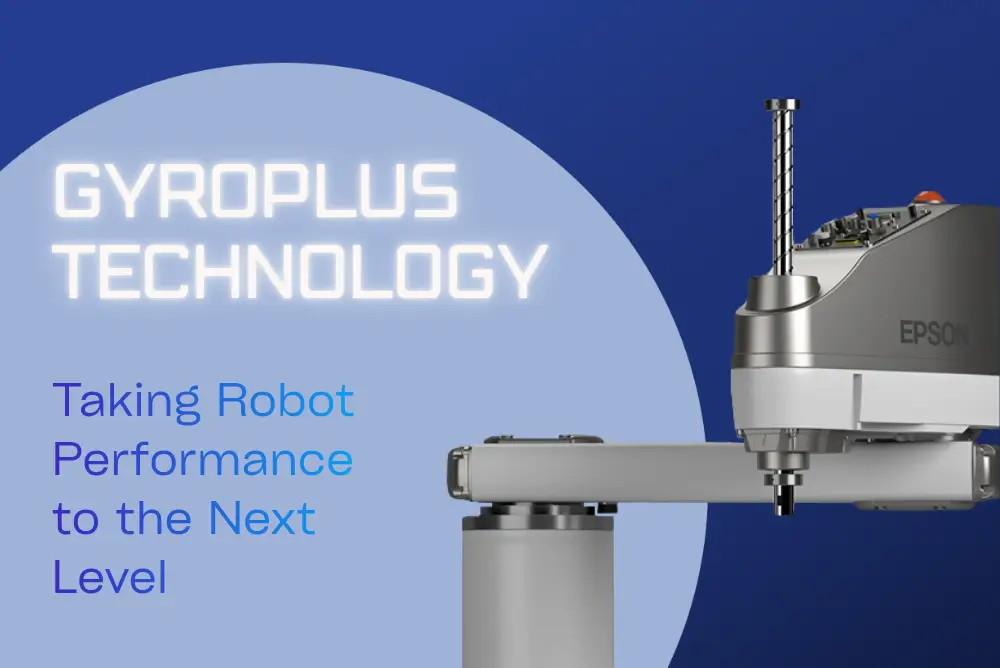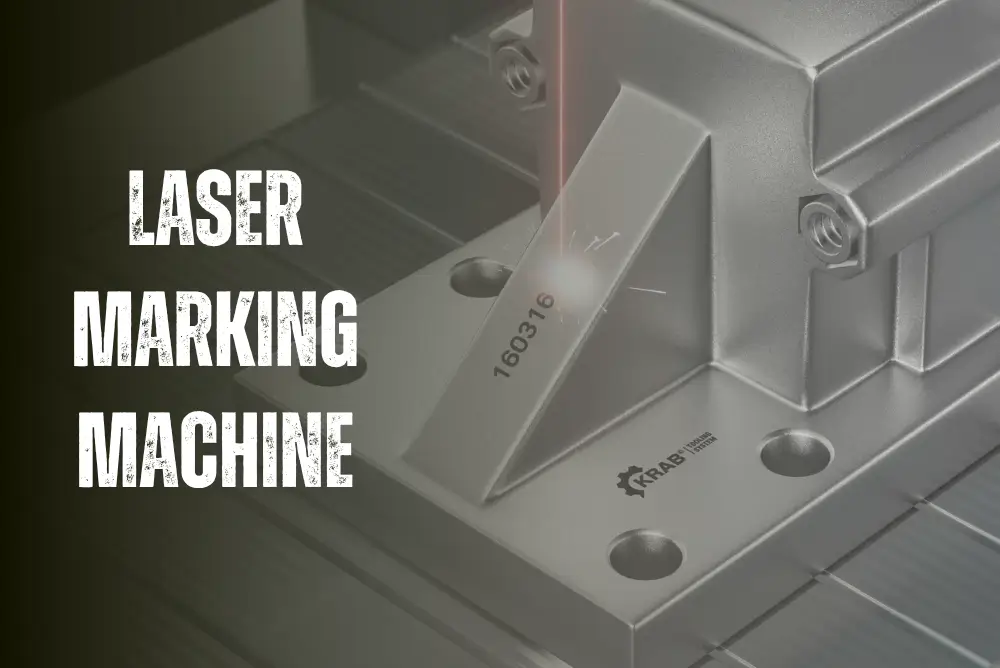Seven years have passed since its launch, with over 30,000 units of the UTMII product sold. During this time, we have also received numerous customer requests.
In response to these demands, we have had to make decisions to redesign some basic functionalities. Therefore, we have decided to develop the 'UTMIII' to meet these requirements.
Key improvements achieved include:
- Improved response speed from 1kHz to 5kHz
- Expanded analog output voltage range from ± 5V to ± 10V
- Addition of digital communication functionality
- Added Zero correction feature with external signal
- Added customizable filtering feature with external signal
- Metal connectors, incorporating customer feedback.
- Reduced width dimensions from 40mm to 32mm, allowing for more devices to be installed in the same rack space!
- Added 'Center alignment type' option, enabling easier installation.
1. Improved Response Speed
When developing the UTMII, we initially thought a 1kHz response speed would suffice. However, customer feedback required us to increase this to 5kHz. Therefore, we adjusted the sampling rate from 6kHz to 20kHz, thereby expanding the analog bandwidth from 1kHz on the UTMII to 5kHz on the UTMIII.
|
Analog bandwidth 1kHz on the UTMII |
Analog Bandwidth 5kHz on the UTMIII |
2. Expanded Analog Output Voltage Range
The input voltage range for PLC AD converters is typically 05V, 010V, or -10~+10V. To interface torque sensors with these PLCs, a ±10V input range is often necessary. However, due to the UTMII's ±5V output range, the resolution was limited.
To address this, we modified the internal power supply voltage and expanded the output range of the UTMIII to ±10V.
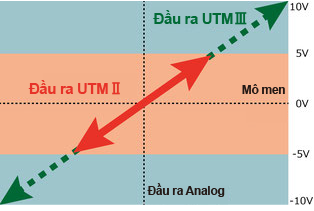 |
While the Analog output of the UTM series can slightly exceed its rated output, it's crucial to ensure it remains within specified limits. |
3. Digital Communication Functionality
To enable digital communication with external PCs and PLCs, the number of connection pins has been increased from 6 to 12, implementing RS-485 signal communication.
This enhancement allows the UTMIII torque sensor to retrieve measurement values without being affected by noise.
4. Zero Correction Function with External Signal
With the expanded digital interface, the Zero correction function adjusts both Analog and Digital output values to "0".
This feature is useful for testing equipment, where setting the value to "0" before testing and measuring the deviation serves as the measurement value. This improvement extends the application range.
5. Customizable Filter Function with External Signal
Due to the expanded digital interface, the cutoff frequency of the internal low-pass filter can be adjusted by an external signal.
By removing high-frequency noise, necessary signal changes can be measured with high accuracy.
|
Can adjust the UTMIII filter settings from a PC |
The customizable filters can be tailored for specific measurement purposes |
6. Metal Connector Ends
The connectors on the UTMII were made of plastic. While there were no issues with noise characteristics with plastic connectors, customers desired connectors made of metal.
Transitioning from plastic to metal connectors allows for a shielded cable connection with the main body of the UTMIII. This change significantly enhances the noise immunity of the UTM.
|
Metal connector ends |
Plastic connector ends |
7. Reduced Main Body Size
When aligning multiple devices in a straight line, the width of the main body is a critical parameter. The UTMII had a width of 40mm. However, with cables positioned on the side of the main body, it became challenging to place multiple devices close to each other.
The UTMIII has reduced its width to 32mm and positioned the cables on the top of the main body. This adjustment enables closer placement of multiple devices.
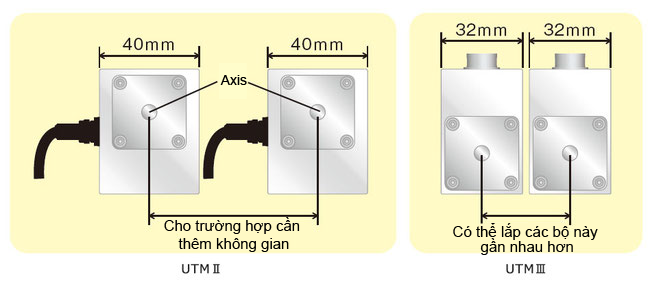
8. Center Alignment Type Option
We typically advise against adjusting the main body of the UTM series during use, as shaft alignment can significantly affect its performance.
However, in cases such as nesting between the torque sensor shaft and workpiece shaft or integrating the torque sensor within a device, fixing its main body can enhance efficiency.
This is why we have introduced the option for center alignment type, featuring extended parts on the shaft housing.
With the center of the extension closely matching the center of the shaft housing, the UTMIII's shaft can be positioned without deviation during assembly.
This option simplifies the installation of automated testing equipment considerably.
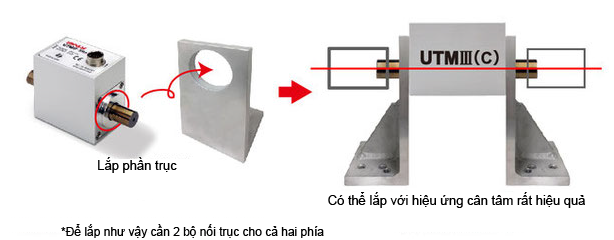
UTMIII has been one of our most challenging products, and we're proud to announce significant enhancements: a fivefold increase in response speed, a doubling of the analog output voltage range, alongside digital output capabilities, and a reduction in the main body size.
Additionally, the dedicated torque display screen has been upgraded from TM301 to TM320. Sampling speed has been improved from 300Hz to 16kHz, enhancing peak detection accuracy across a wider range.
Furthermore, another torque display, TM380, is now compatible with an upgraded rotary encoder option. With improved sampling speeds up to 16kHz, angular detection speed compared to waveform has also been enhanced.
Moreover, the TC80 torque converter series can now read torque, rotation speed, and angle (compatible with rotary encoder options) via various interfaces such as CC-Link, 3-channel analog output, and new Ethernet/IP releases.
As leaders in the torque measurement manufacturing sector, UNIPULSE continues to listen to user feedback and meet torque measurement needs with utmost flexibility.
For support and expertise in Vietnam, reach out to the engineering team at Temas for specialized assistance with our products.
Reference
Unipulse Corporation
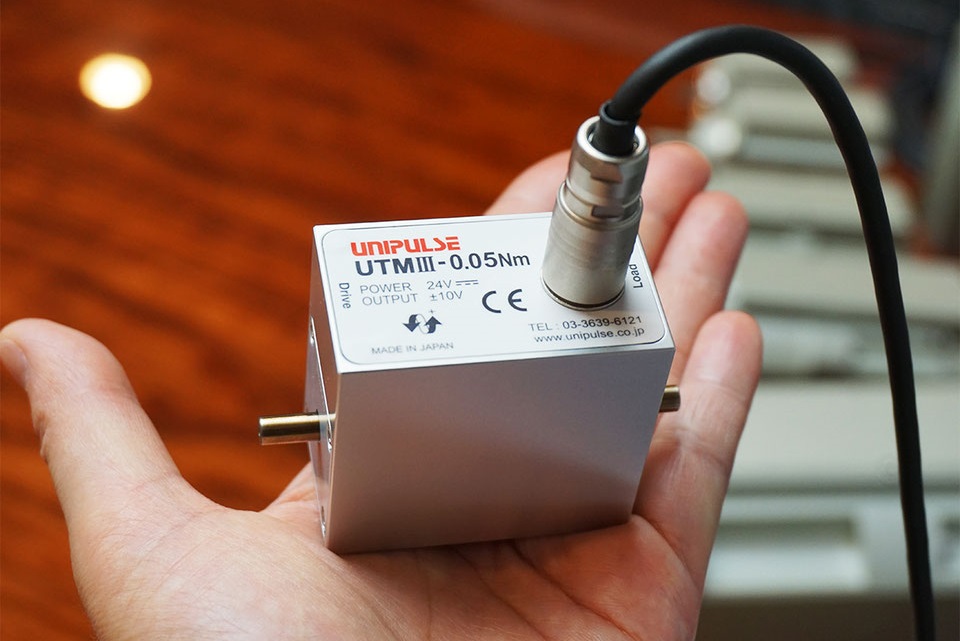
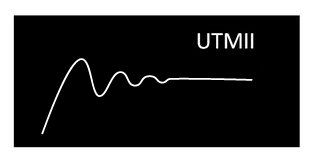
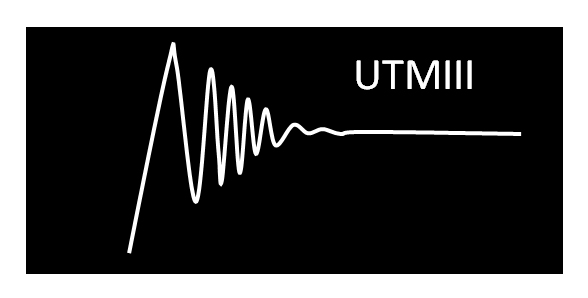
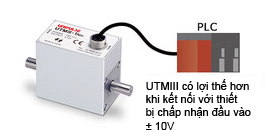
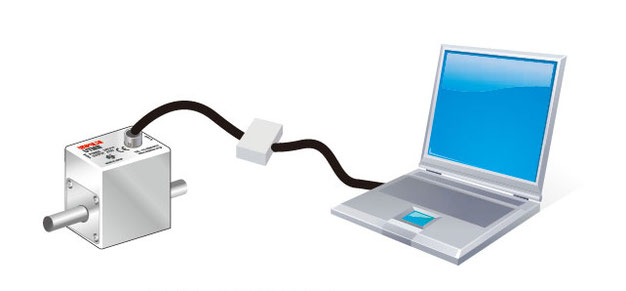
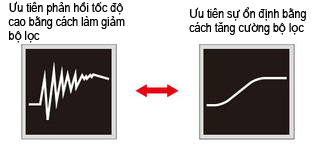
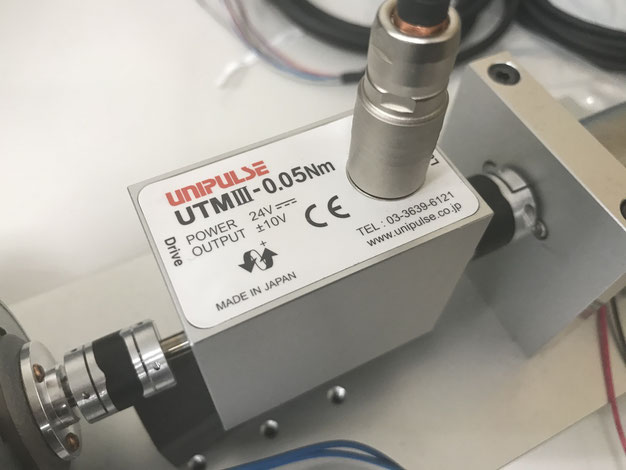
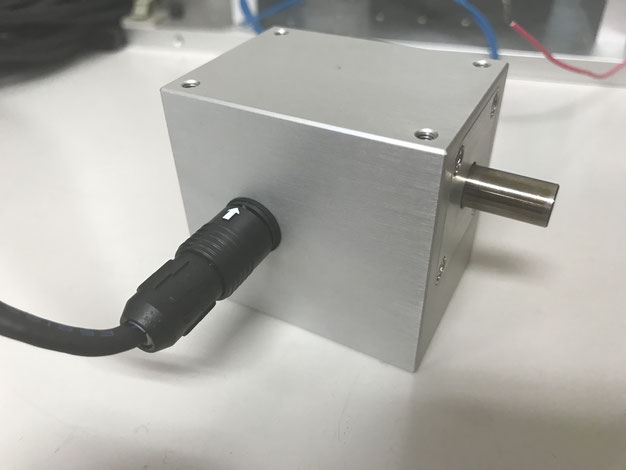
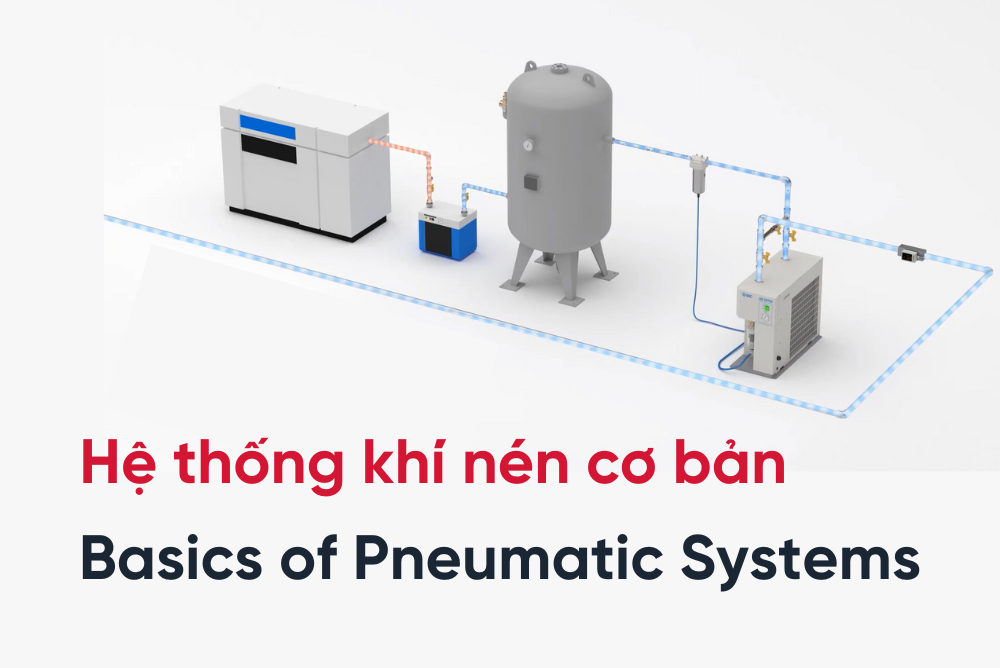
 Read more
Read more
